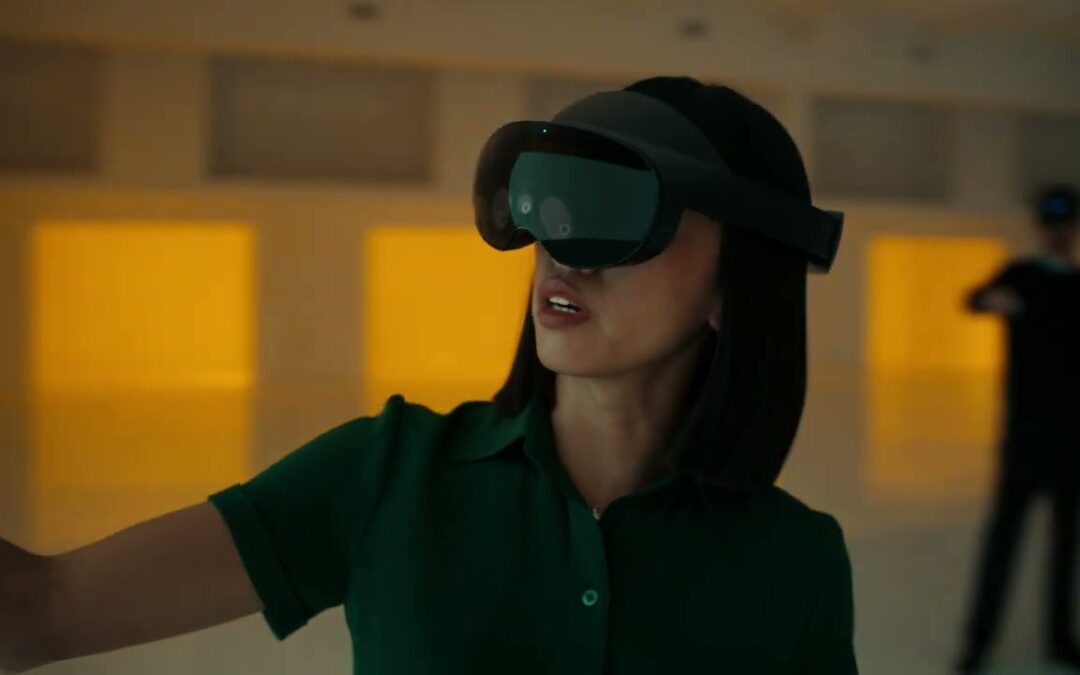Artificial intelligence is only one example of a rapidly rising technology field. Augmented reality is the most recent technological innovation at MIT.
Researchers are reportedly developing a technology that would allow humans to see over walls and other obstacles. Although it may sound unsettling, it offers some significant advantages. We now have a better understanding of how the device operates.
What exactly is the Augmented Reality device being developed at MIT?
This device, termed X-AR by MIT’s Media Lab, is an augmented reality headset that allows individuals to see objects hidden behind walls, in boxes, and other places. It is intended to be a supplement to Microsoft’s HoloLens.
It works by merging novel antenna designs, wireless signal processing methods, and AI-based sensor fusion.

The headset’s wide-band antenna enables the HoloLens to find specific items that are outside the wearer’s line of sight. The object it is attempting to locate must have a Radio Frequency Identifier (RFID). RFIDs are often found on a variety of goods, including clothing and credit cards.
As long as the headset is within 15 feet of the object and the object has an RFID, the antenna on the headset can send out signals and the RFID on the object can reflect a signal back like a mirror. RFIDs are battery-free and only cost about 2 to 3 cents each, making them far more helpful and practical than goods such as Apple AirTags.
Is this the new way to find misplaced items?
It’s entirely possible. I don’t see why this wouldn’t be useful for everyday use, given how the technology is being developed. For example, if you’re looking for a specific garment among a vast pile of clothes, the headset can assist you in finding it. This headset, on the other hand, is capable of far more. This can also be quite handy for warehouse workers looking for a certain item.

The MIT researchers hope that first responders will employ the headset in rescue efforts as well. The headgear can detect whether or not someone’s heart is beating or breathing by using radio frequency signals. For example, if a severe tragedy occurred and someone was stuck in an area where they couldn’t escape, such as a collapsed building, a first responder using this headset would theoretically be able to locate the person fast as long as they were breathing.
Is there any danger in utilizing the X-AR?
My main concern is about my privacy. If this equipment falls into the hands of the wrong people, it appears that it may be used to spy on people at their homes and companies. However, MIT researchers are still working on the headset, and it does not appear that it will be released to the public anytime soon. Hopefully, they’ll have safety precautions in place before that happens, but we’ll have to wait and watch how the product progresses.
Concerns have been raised concerning the possible misuse of this new technology, as with any new technology. While the X-AR headset has enormous promise for assisting individuals in locating lost or concealed items, it is critical to weigh the benefits against potential privacy concerns.

As MIT continues to develop this technology, it will be critical to guarantee that measures to protect individuals’ privacy and security are in place.
Download The Radiant App To Start Watching!
Web: Watch Now
LGTV™: Download
ROKU™: Download
XBox™: Download
Samsung TV™: Download
Amazon Fire TV™: Download
Android TV™: Download

